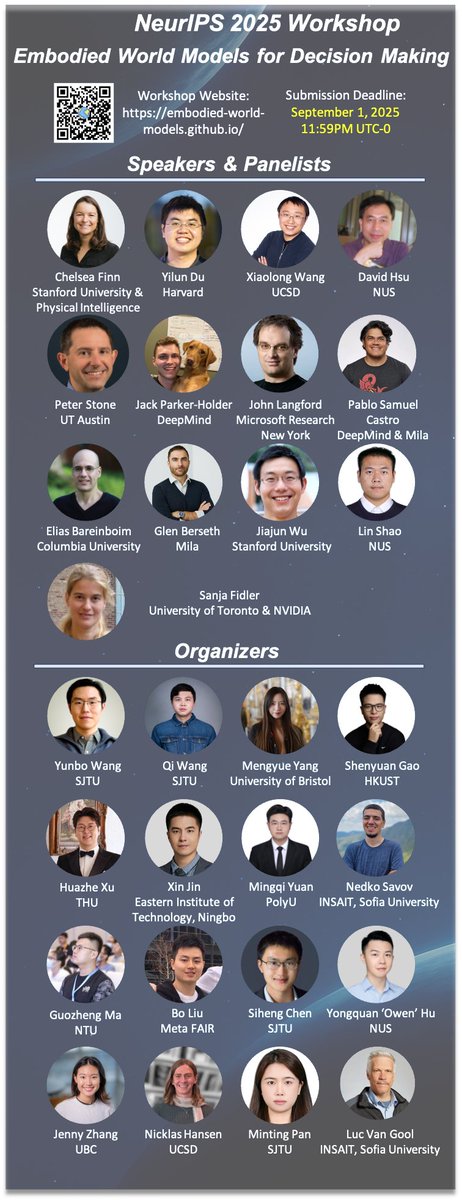
Elias Bareinboim
@eliasbareinboim
Professor of Causal Inference, Machine Learning, and Artificial Intelligence. Director, CausalAI Lab @ Columbia University.
ID: 107367723
http://causalai.net 22-01-2010 09:53:39
2,2K Tweet
13,13K Followers
567 Following

Excited to share that I’m on the academic job market! I’ve been fortunate to work with Elias Bareinboim on causal inference, developing causal effect estimators using modern ML methods. Published in ICML, NeurIPS, AAAI, & more. Details: yonghanjung.me


In a panel, last Thursday, I suggested that, in order to assess scale-independent limitations of LLMs, we feed them with toy examples that require knowledge of data-fusion theory, and see if/when they fail. Dwarkesh Patel question jolted me to realize that we do not need to resort




Hi Nando de Freitas , one surprising result from CI in the last decade is that counterfactuals (level 3) of Pearl's Hierarchy can be used for decision-making and can lead to dominant strategies over essentially any available RL strategy (level 2), as discussed in Sec 7 (p. 114) in


That's a good point! I wonder if the RL community (eg Richard Sutton) is aware of the Ladder of Causation (described here causalai.net/r60.pdf), and whether it sees the interplay between causal knowledge and decision-making. The application is obvious: to move from


Orthogonal to Frank Harrell’s initial note: CBN is a layer 2 model that lets us answer interventional (layer 2) queries using layer 2 calculus (do-calculus) -- see the 2nd green row in the attached table. One recent result: we can now more precisely match the query, graph, and


next is Elias Bareinboim (Elias Bareinboim) from Columbia University, who will discuss in his keynote talk about the recent ✨ progress toward building causally intelligent AI systems ✨ full abstract 👉 auai.org/uai2025/keynot…



we are delighted to have you Elias Bareinboim! Looking forward!



